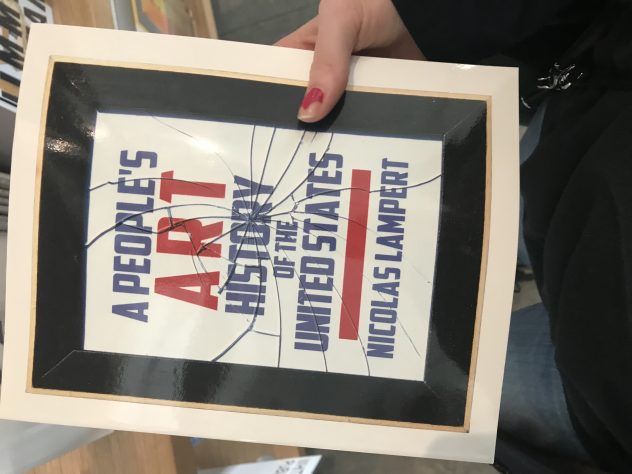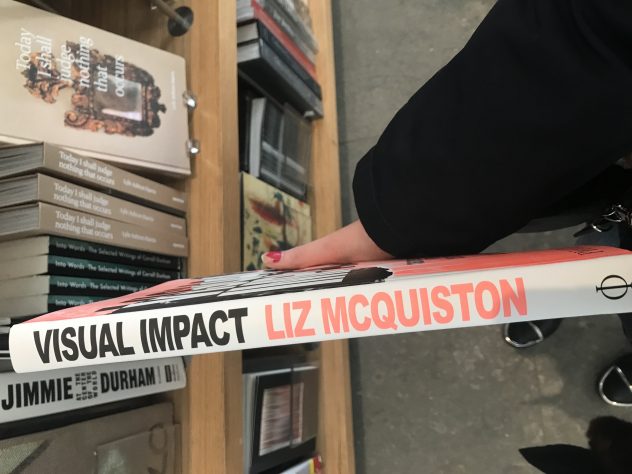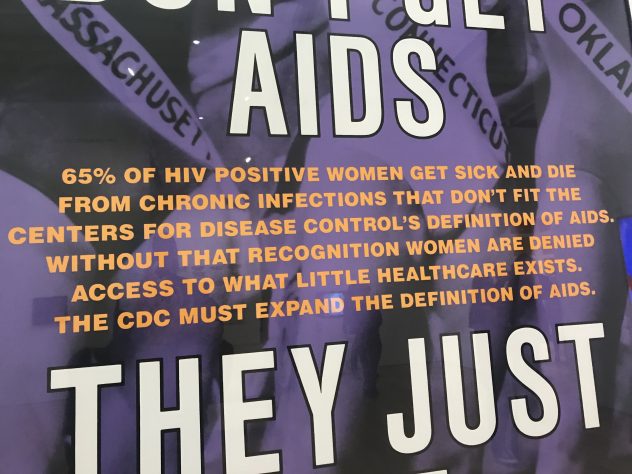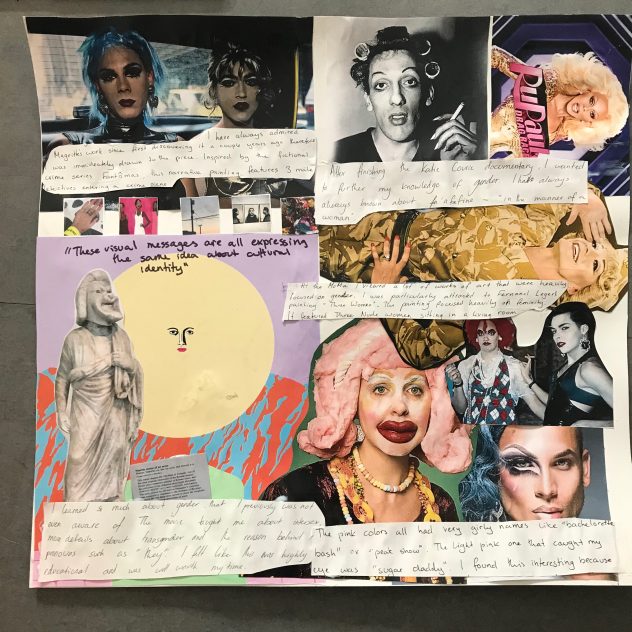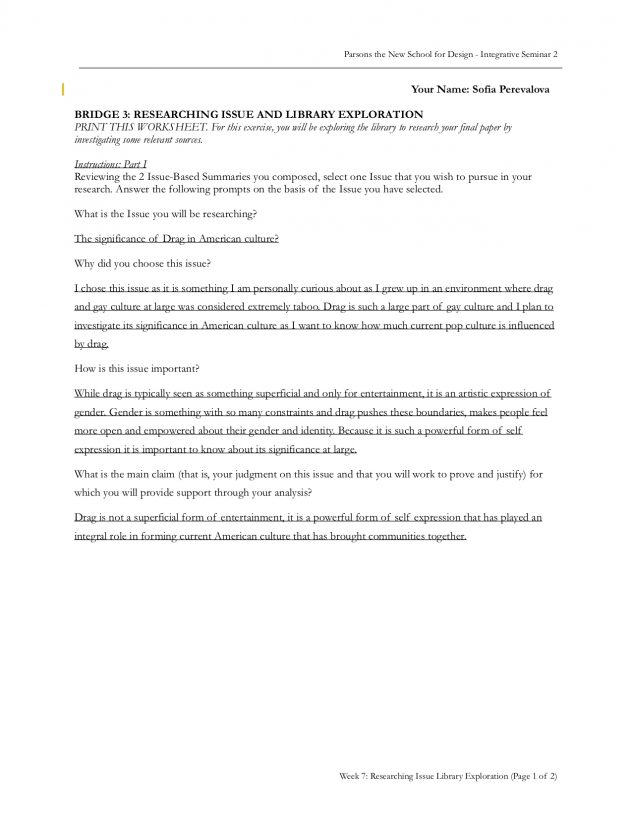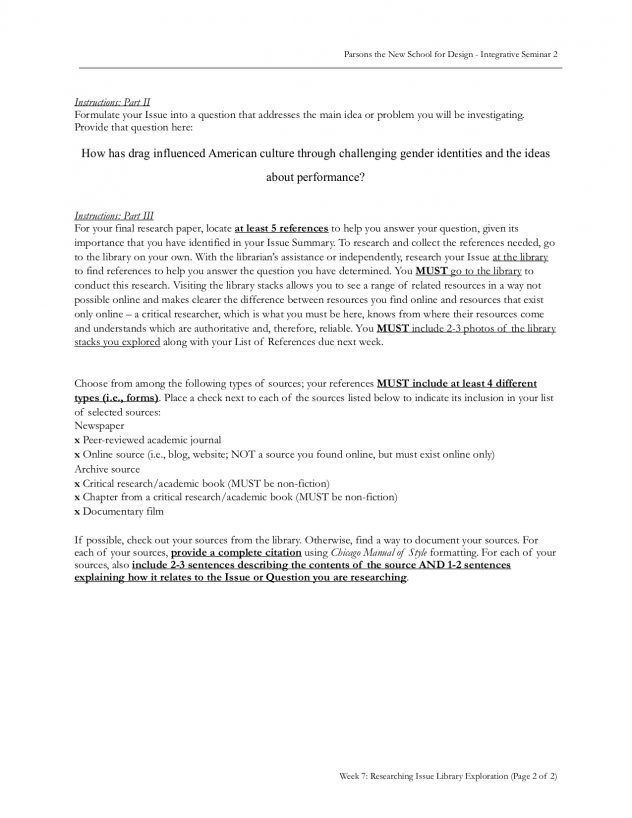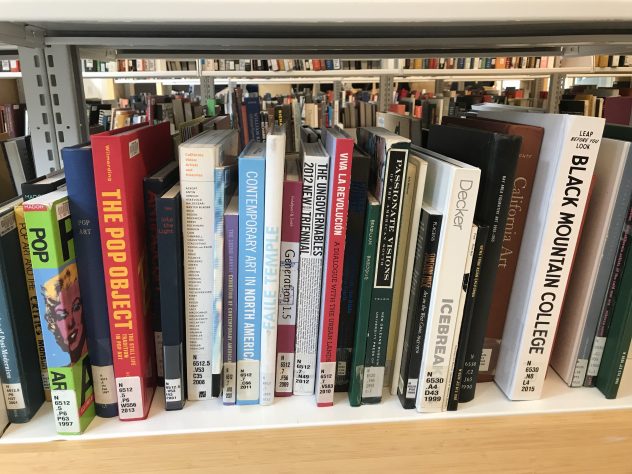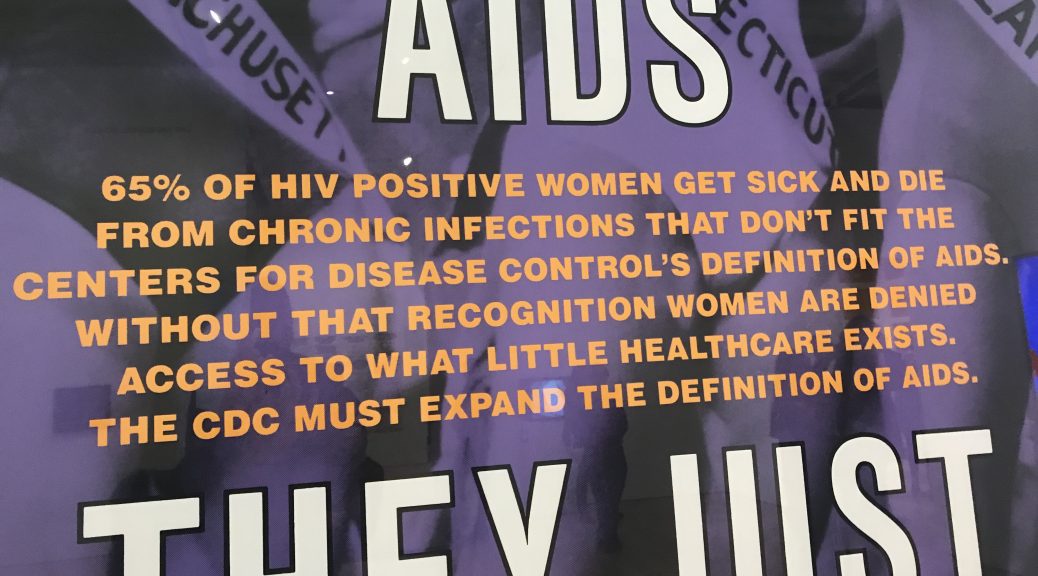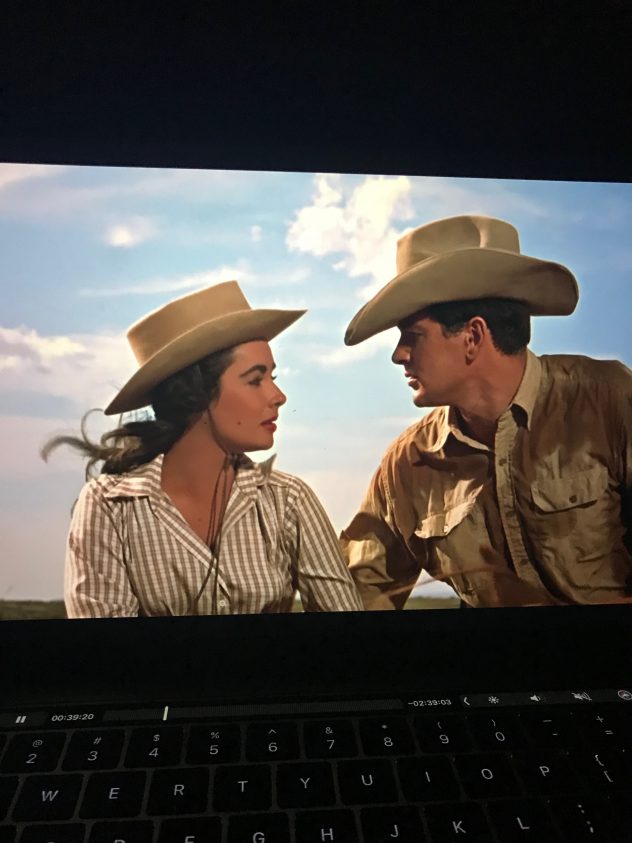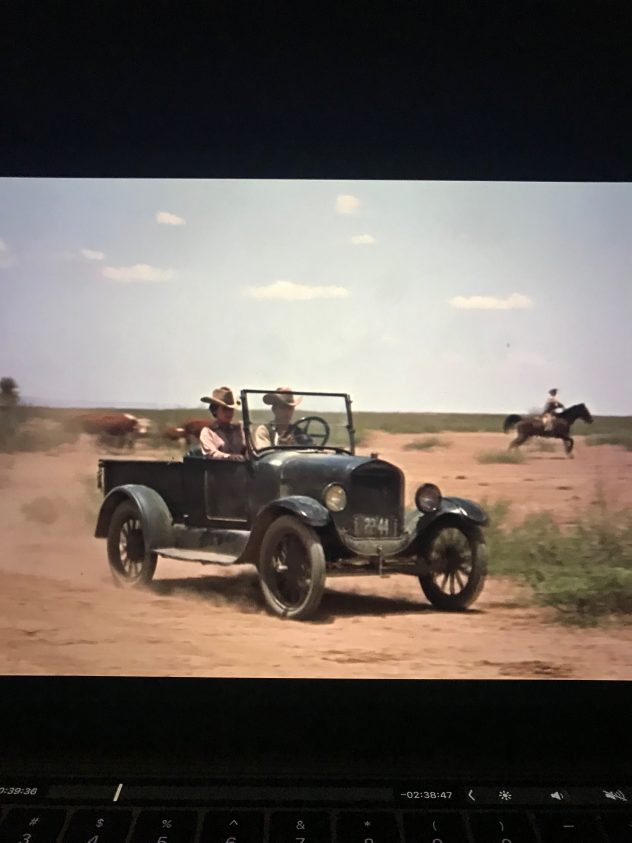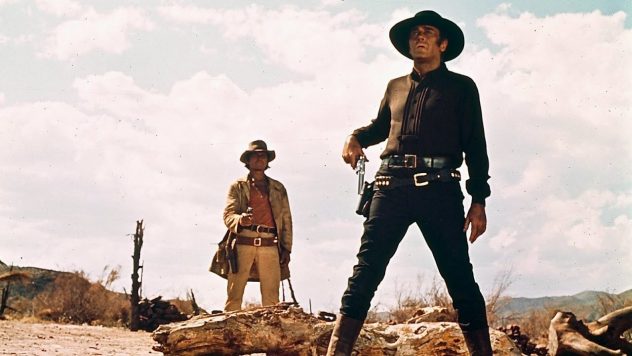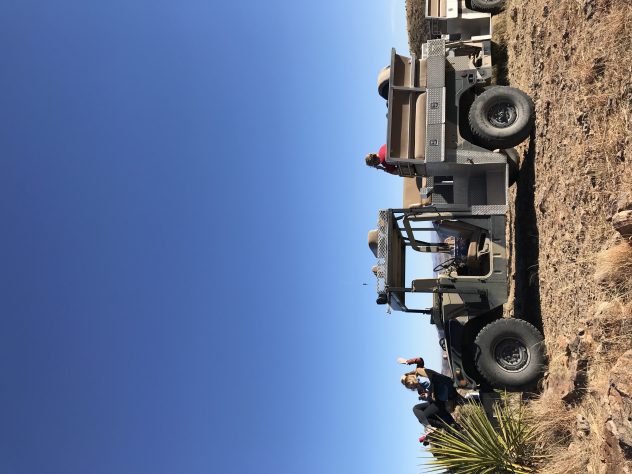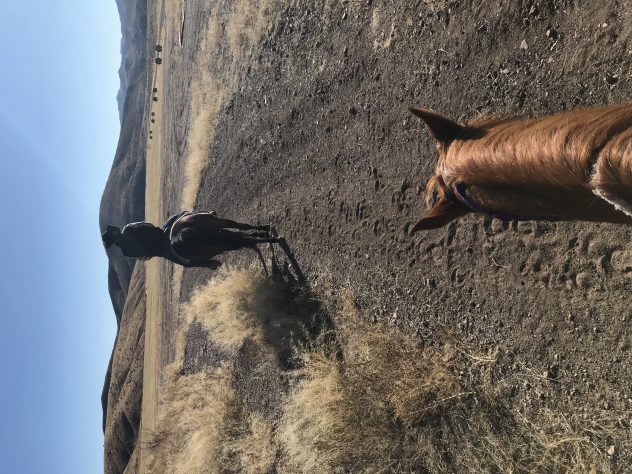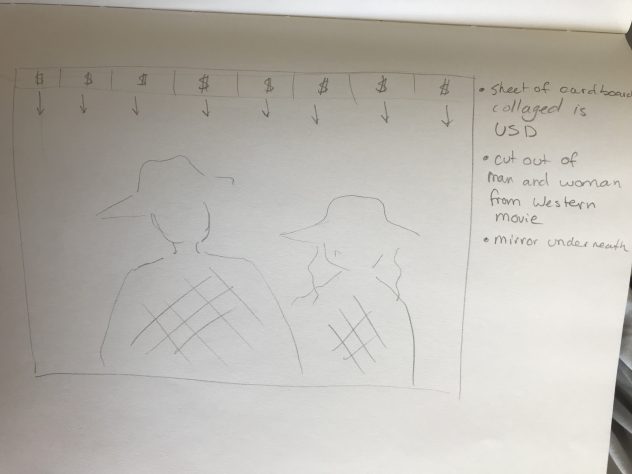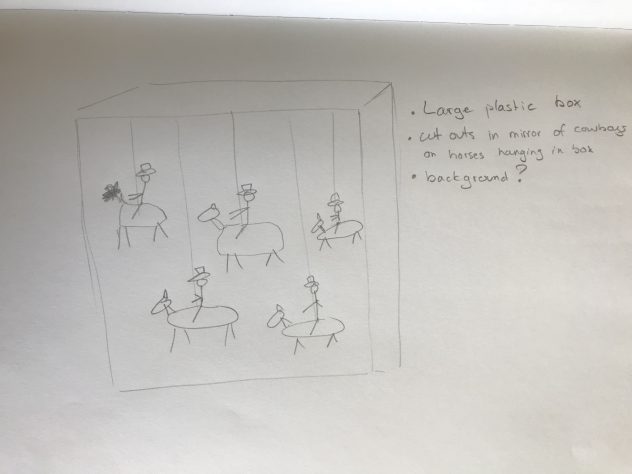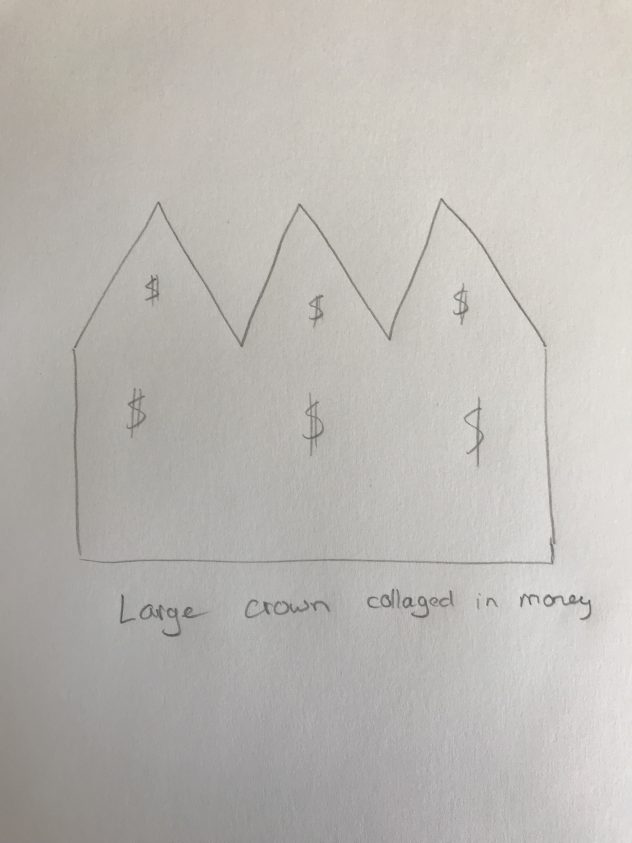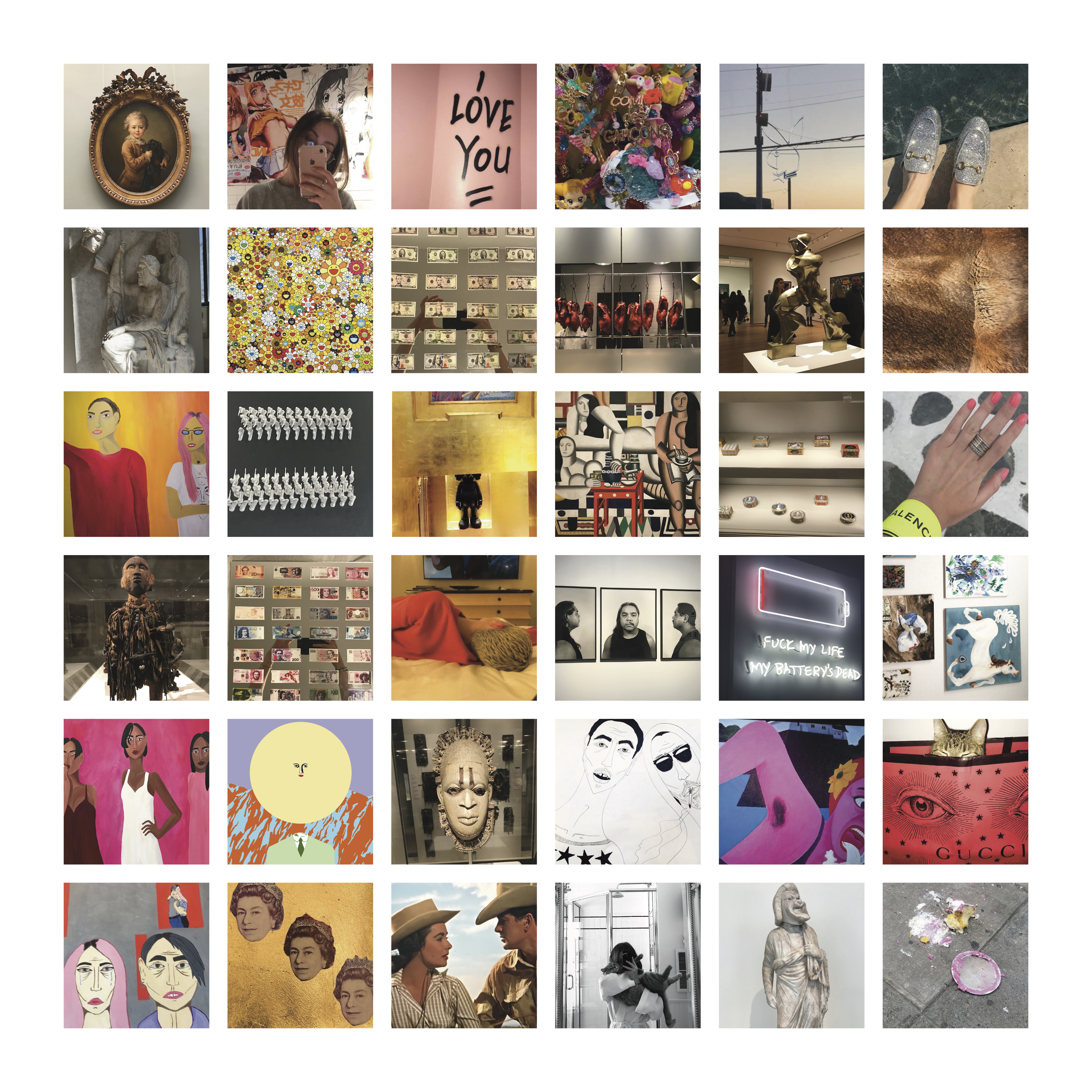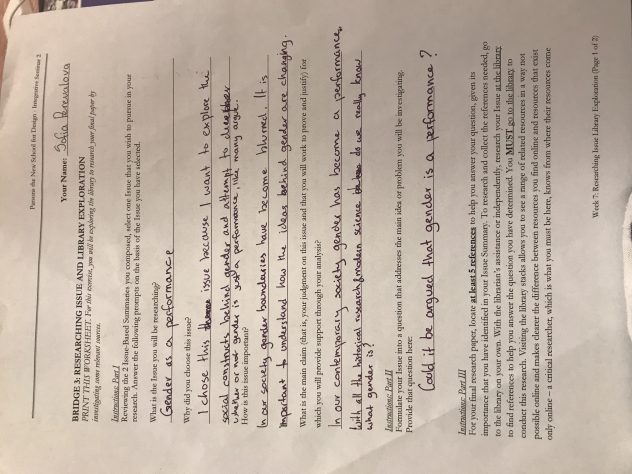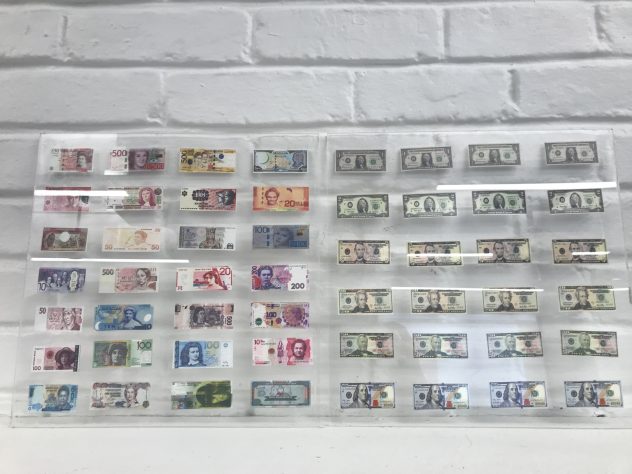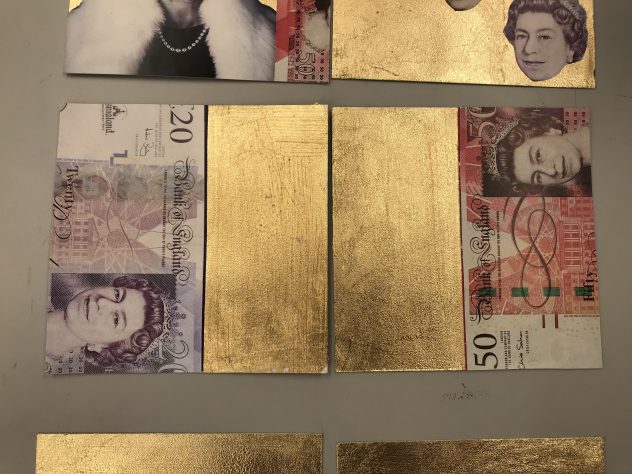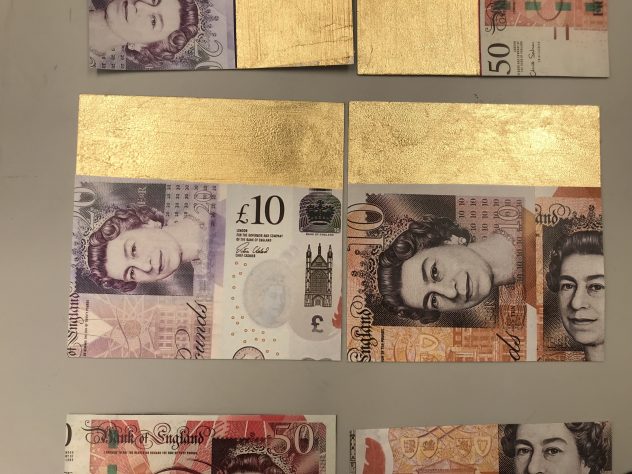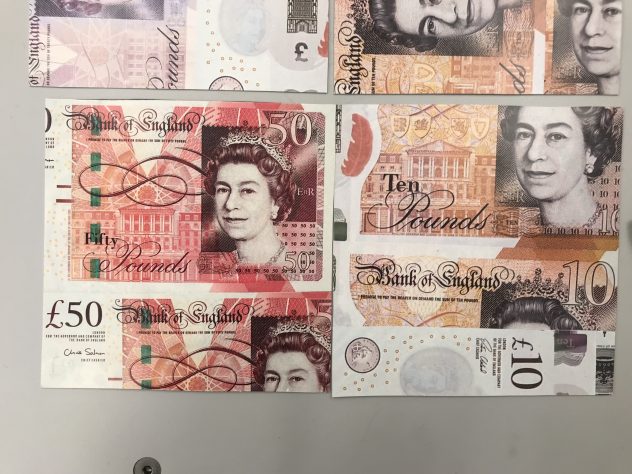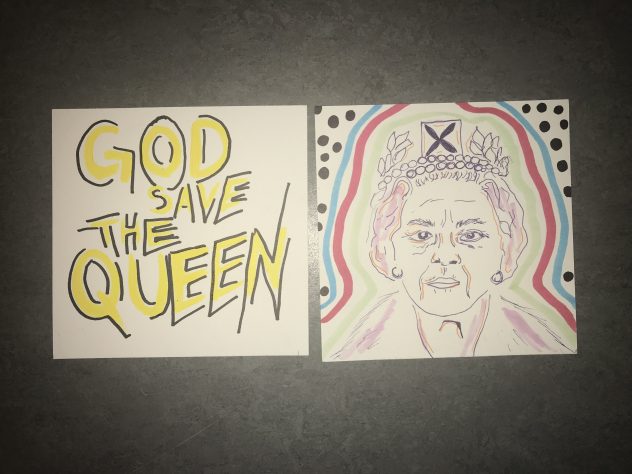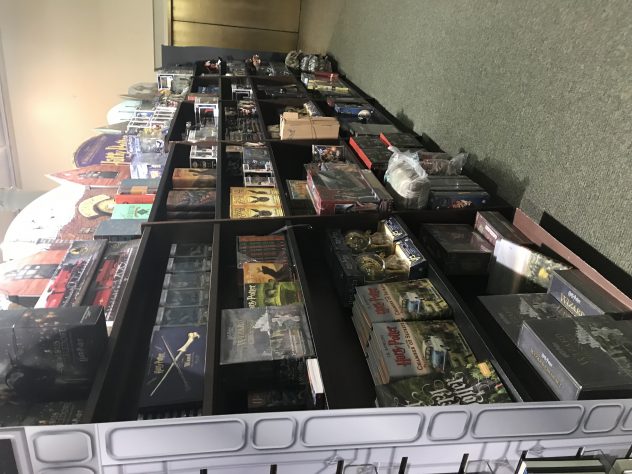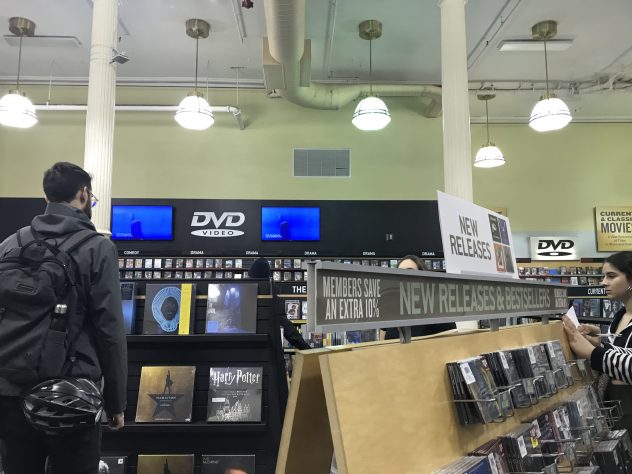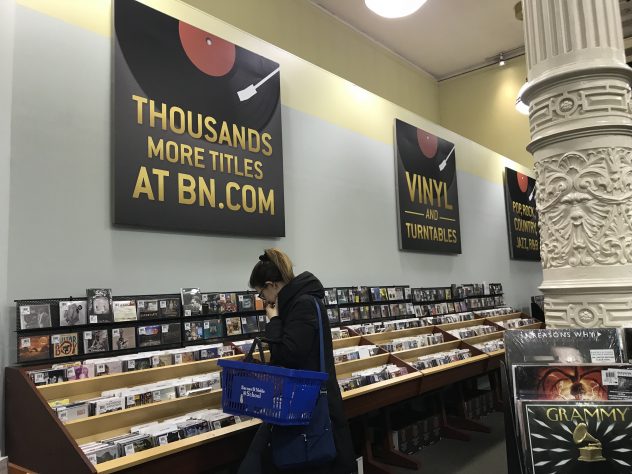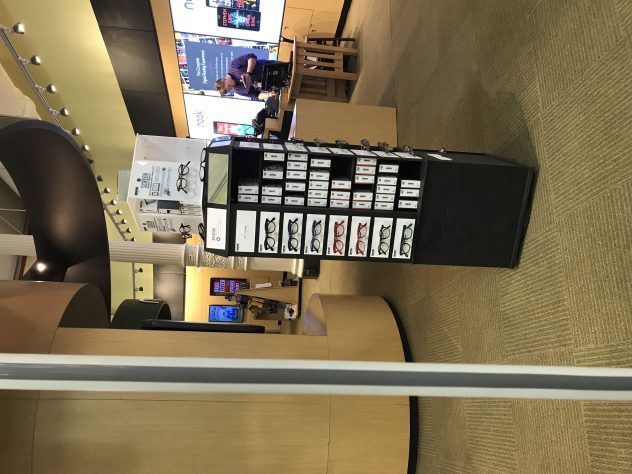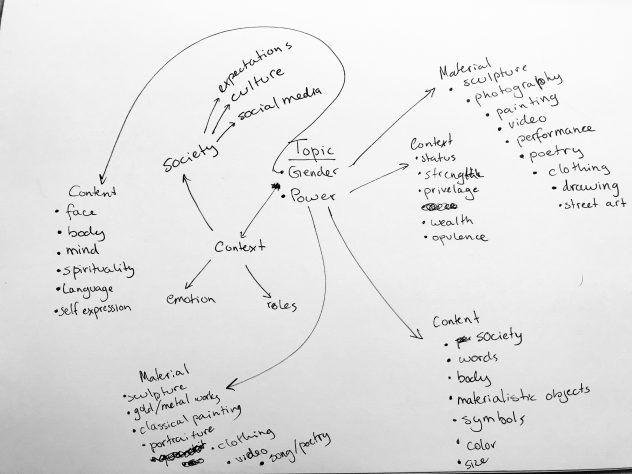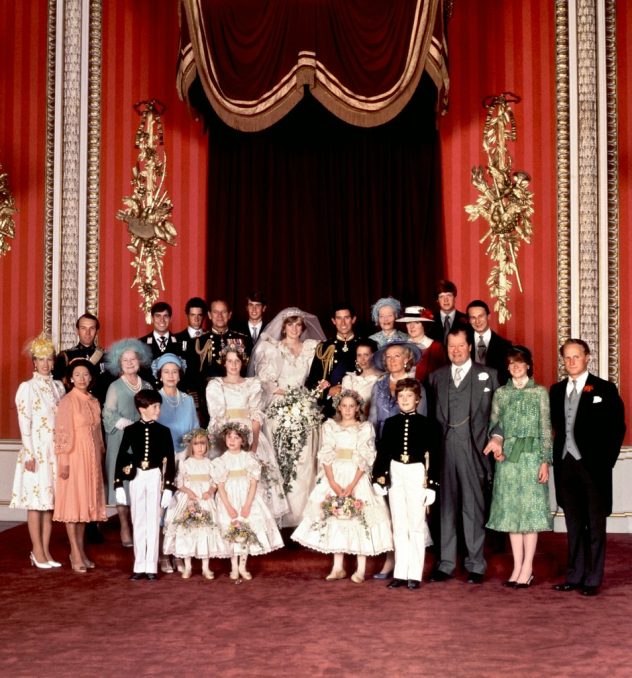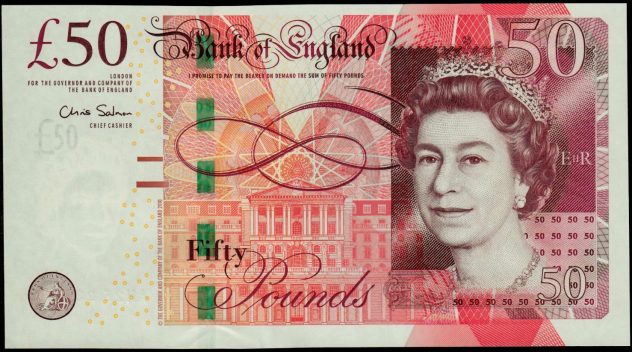Sofia Perevalova
Integrated Seminar : Visual Culture
Whitney Museum Research
04.05.18
Part 1.
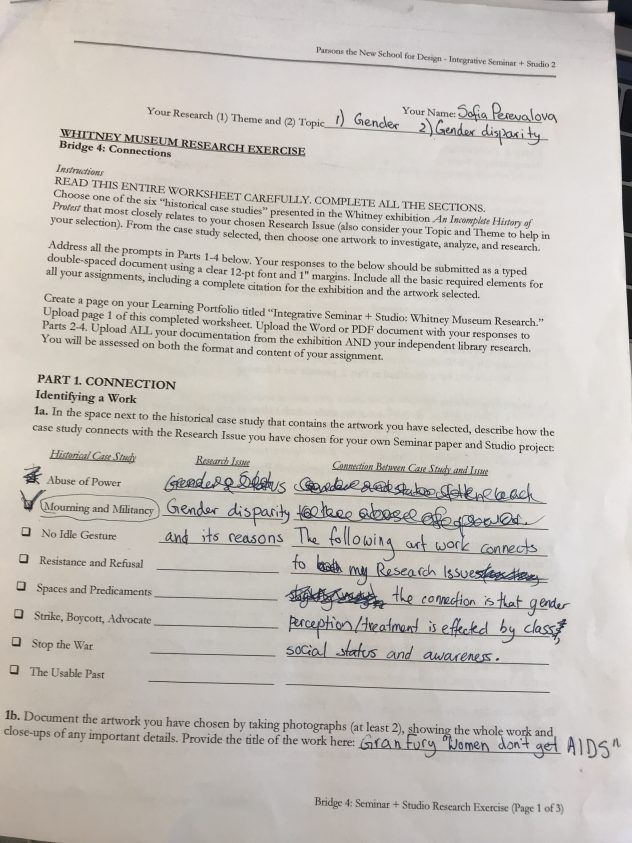
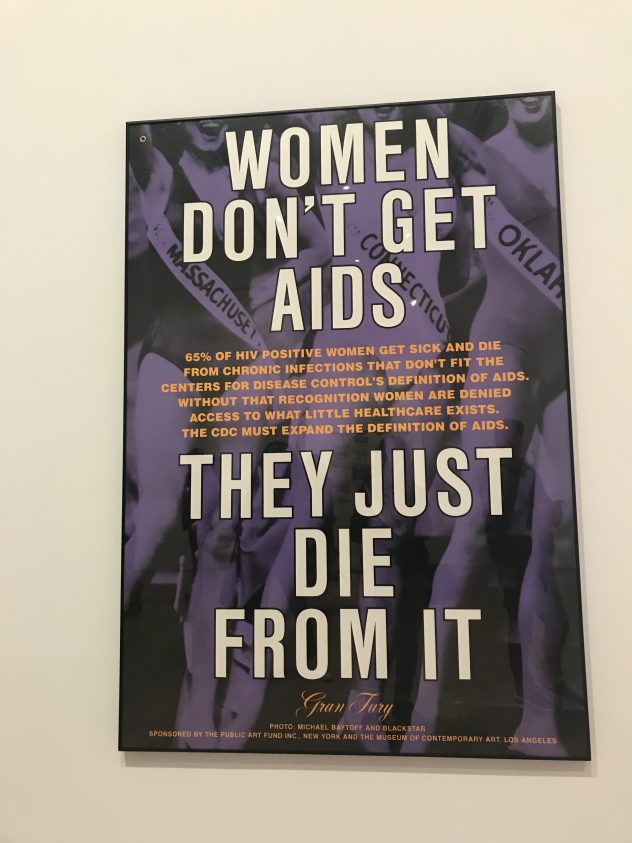
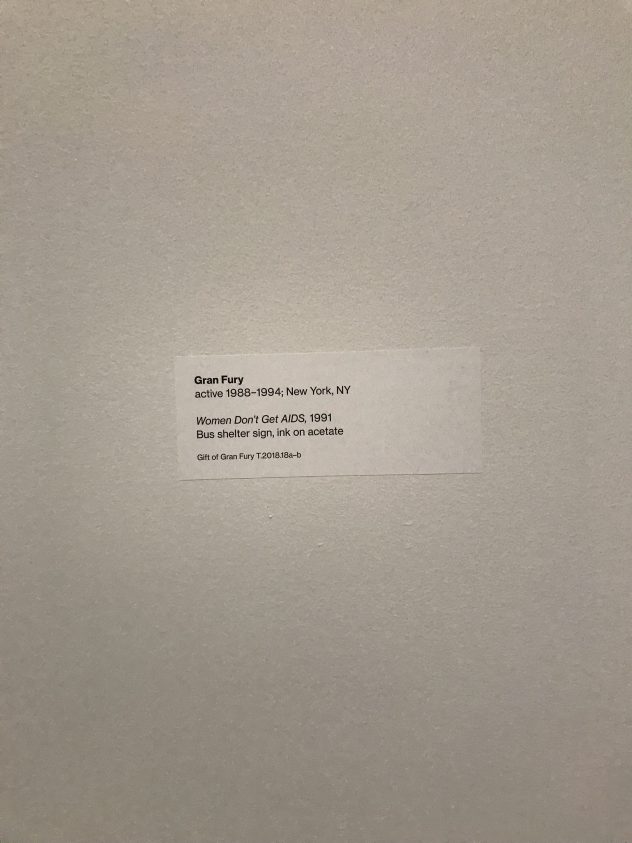
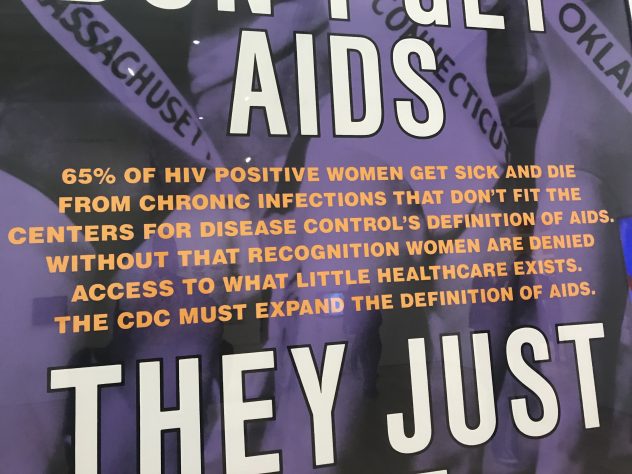
Part 2. Content
Recognizing a Work
2a. Gran Fury’s Women Don’t Get AIDS is a large bus shelter sign with ink on acetate. The purple plaster features an image of women in bathing suits taken most likely at a Miss USA or other nation-wide beauty pageant. The photo in the background was taken by Michael Baytoff and Blackstar. The background is covered in a transparent purple color which creates a striking contrast with the large white block letters and smaller orange text. The color of the piece is what originally caught my eye as there is such a high contrast. Another interesting quality of the work is is due of different fonts. The main message “Women don’t get aids they just die from it” is in large white, capital letters meanwhile the facts supporting this message as well as the credits to the sponsor and photographer are in a much smaller font. While it is still bold and in a bright color I found that it gets somewhat lost compared to the other text. The factual text is placed in the middle of the piece which forces the viewer to read it and take it in.
My initial impression was that this was going to be another protest piece due to the setting and overall concept of the exhibition. Because I went in knowing this was going to be related to some historical event that resulted in protests it was easy to quickly contextualize the piece and estimate the time in which it was created without looking at the label. One thing I did not realize before thoroughly investigating the work its the materiality of it and this was originally a bus shelter sign. I assumed it was simply a piece of plastic that had been printed on.
2b. The material used for this work is a bus shelter sign that has been printed on using ink. Because the medium and materials used are very mainstream and generic this supports the content of the piece. The materiality of the piece supports the pieces ideas as the it is meant to educated everyone, not only the people who would see this in a gallery or museum. Using a bus shelter sign shows how this at the time was an epidemic people were faced with constantly in their daily life, the piece is accessible to the public which makes it a stronger work of art raising awareness about HIV/AIDS.
Part 3. Context
Contextualizing a Work
3a. Immediate context:
- The text and graphics of the piece work together harmoniously in creating a work of art about women and the problems women face it life. The text draws attention to the cause while the image works as a symbol of how women are often mistreated. The image from the pageant makes you think about how women bodies are sexualized, as their faces are cut off, and women are often not treated as equals. The text and image of the piece work together to raise awareness about gender inequality and the HIV/AIDS epidemic in the US during the 1980s.
- This piece is part of the Mourning and Militancy component of the Incomplete History of Protest exhibition. This piece a long with the other works in the room specifically relating to AIDS and the politics surrounding it create an eerie feeling. The majority the works in this room at first glance look similar to Pop Art and all feature bright, uplifting colors. However, once you look closer at each piece its context becomes clear. This work amongst the many others in the exhibition grabs attention initially with the bright colors and then draws the audience to look closer at the actual message behind the piece.
3b. Social/cultural/political context:
- The materials in the work are generic and still used today so it is difficult to judge the exact time it was made if only looking at the materiality. However, because this piece is about AIDS it is easy to place it within a time frame by looking an the works content. The piece was created during the AIDS epidemic in the United States which began in the 1980s. During this time there was a momentous amount of protests demanding government intervention and support for the victims of this disease. The works created during the time all had a relatively similar aesthetic quality as they were mostly plaster and bright colored work to draw attention to the cause. The piece was created in 1991 according to the museum label.
- Other information that would have been helpful in interpreting the work would be more information on weather or not this piece on a bus shelter sign was actually displayed on bus stops. This information would help with determining whether or not this work was really used to protest. Otherwise the information is easy to interpret as the piece is very factual.
Part 4. Significance
Understanding a Work
4a. Questions.
- To what extent does the time the work was created influence the concept of the piece?
It is imperative to know the time the piece was created to judge its context. History is key component in art, knowing the time of the piece helps us decide if this piece is powerful in its content. By understanding the time of the piece the educated viewer can easily understand the works meaning and importance. This connects to my research issue as a large portion of my research relies heavily on history and understanding how to contextualize a specifically historical era.
- What components of the work are most effective in supporting the idea? Materiality or visual content?
In some cases the material used to create the piece supports the idea far more than the actual visual content and vise versa. An example of this is Ai Wei Wei’s backpacks, in contrast to the piece I am looking at where the materialist of the work, while still relevant matters much less than the visual content. Distinguishing which aspect of the work is more important in understanding the context is a useful skill as it helps us form a stronger judgment of what the artist’s intentions. This is important to my research as the idea I am researching is highly materialistic in its nature, therefor understanding the importance of materials is relevant to me.
- What are the artists intentions with this piece?
The artists intentions of the piece is to raise awareness to a cause that at the time was labeled taboo and there was minimum support to put an end to HIV/AIDS. Because there was lack of support, there was lack of information. In this case the artist is drawing attention to the fact that AIDS is not only a “gay man’s disease” and effects a large amount of women. This is relevant to my research as I plan to explore within my topic gender disparity and how certain aspects of gender have been branded taboo by society.
4b. Library Exploration II
Smith, Terry. 2010. ”The State of Art History: Contemporary Art.” The Art Bulletin 92, no. 4: 366-83. http://www.jstor.org.libproxy.newschool.edu/stable/29546137.
Reed, Thomas Vernon. 2005. ACTing UP against AIDS: The (Very) Graphic Arts in a Moment of Crisis. The art of protest :culture and activism from the civil rights movement to the streets of Seattle., pp. 179-2018. Minneapolis: University of Minnesota Press.
Citation of Exhibition:
“An Incomplete History of Protest: Selections from the Whitney’s Collection, 1940–2017” 2017. Whitney Museum of American Art.
Artwork:
Fury, Gran. Women Don’t Get AIDS. 1991. Whitney’s Collection, Whitney Museum of American Art, New York.
Library Database Searches

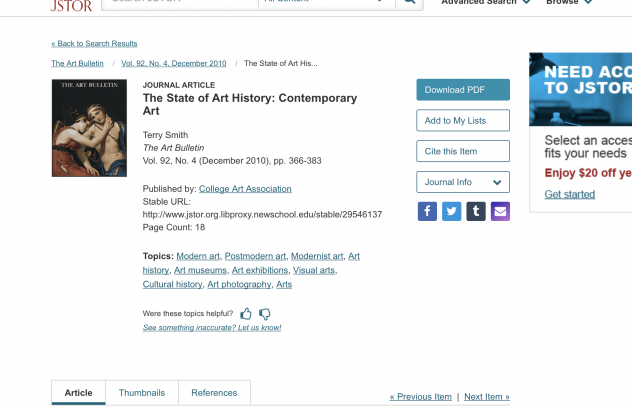
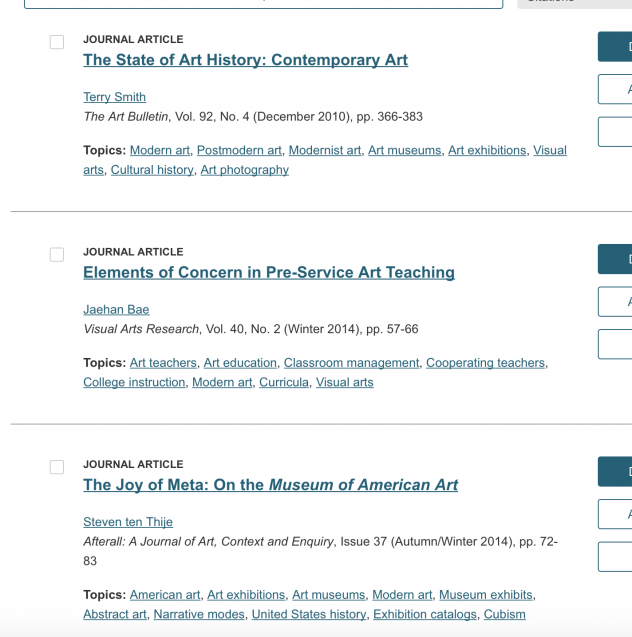
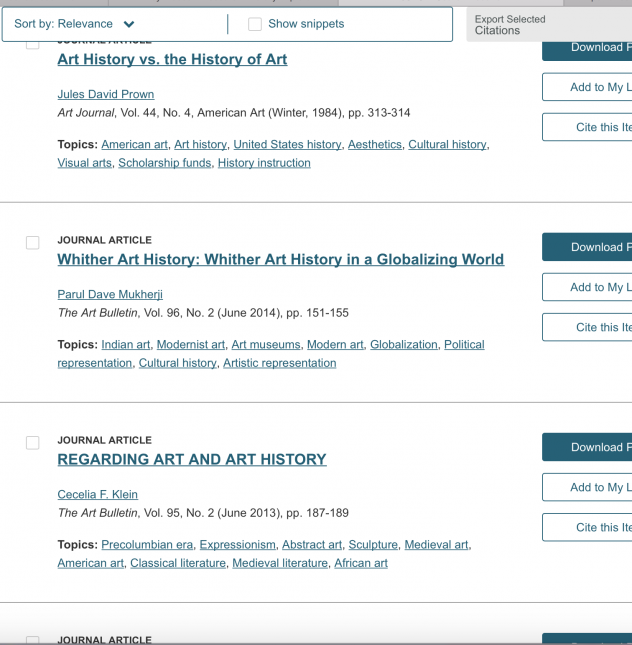
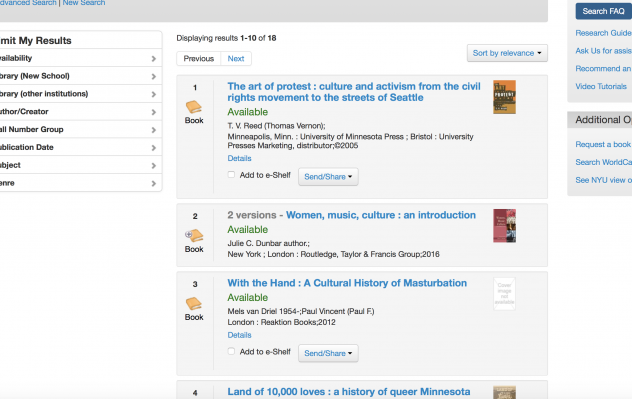

Page 1 of Sources
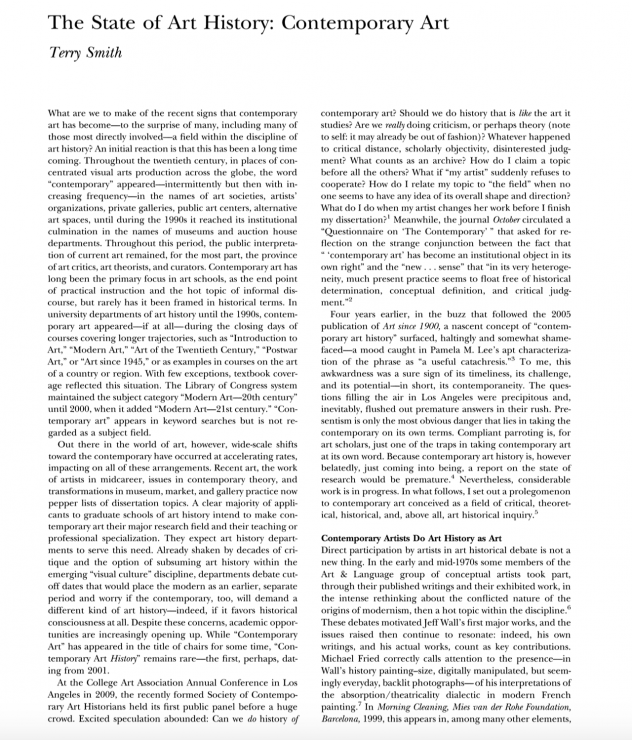

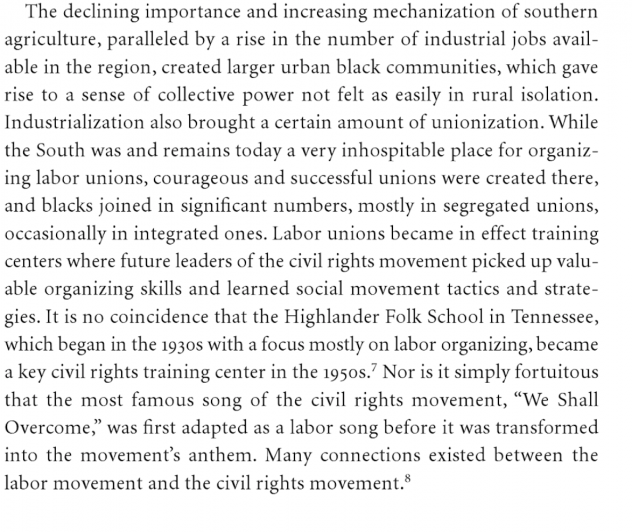
(ordered from Bobst)
Library Stack Explored (UC Library)
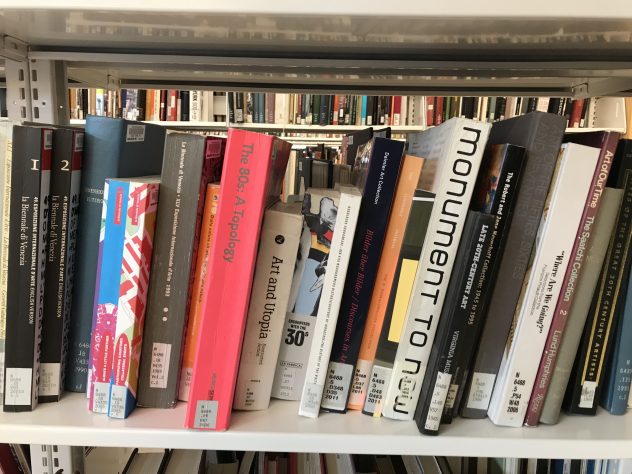
Studio:
Gran Fury was an artist collective in New York which operated during the AIDS epidemic. This was a collaboration of 11 artists in New York that worked specifically on protest pieces and campaigns to raise awareness about AIDS. The group disbanded soon after this piece was created. Their other work features similar visual elements , Gran Fury used recycled objects like the bus shelter sign and placed their work in public spaces for to inform the public as much as possible. Their work featured text mostly as the aesthetic was simple making the context much more effective. The focus was on the actual message rather than the aesthetics as these work were all protest art. The final piece before the group fell apart was titles “Good Luck…Miss You, Gran Fury” in 1995.
The artist though these works are exploring strictly AIDS activism. This particular piece stood out to me because it was the only piece in the Mourning room, which was mostly AIDS related art, that talked about women and AIDS . This piece brought awareness to an element of AIDS that was even more avoided, the fact that women were also effected.
